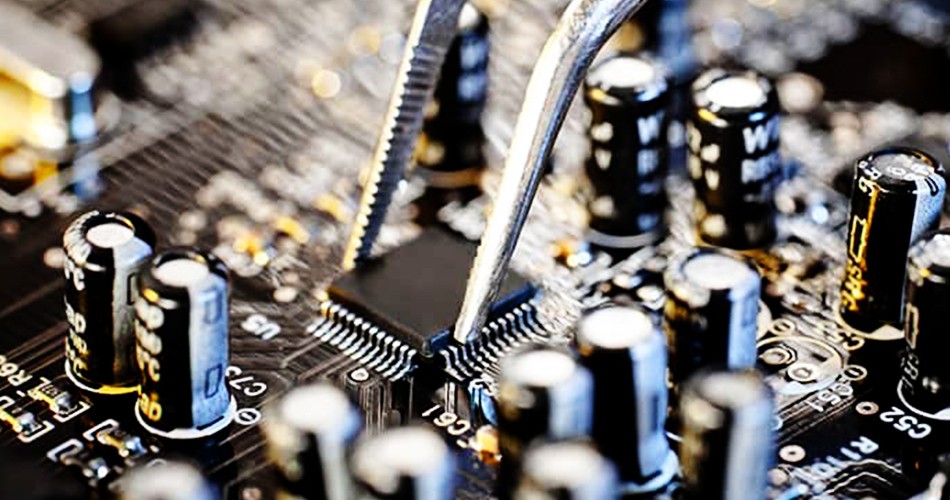- English
- Español
- Português
- русский
- Français
- 日本語
- Deutsch
- tiếng Việt
- Italiano
- Nederlands
- ภาษาไทย
- Polski
- 한국어
- Svenska
- magyar
- Malay
- বাংলা ভাষার
- Dansk
- Suomi
- हिन्दी
- Pilipino
- Türkçe
- Gaeilge
- العربية
- Indonesia
- Norsk
- تمل
- český
- ελληνικά
- український
- Javanese
- فارسی
- தமிழ்
- తెలుగు
- नेपाली
- Burmese
- български
- ລາວ
- Latine
- Қазақша
- Euskal
- Azərbaycan
- Slovenský jazyk
- Македонски
- Lietuvos
- Eesti Keel
- Română
- Slovenski
- मराठी
- Srpski језик
Solder mask technology in PCBA processing
2024-08-30
In PCBA processing, solder mask technology is an important process, which can effectively protect the circuit board from the influence of soldering, reduce the problems of cold solder joints and short circuits, and improve the soldering quality and product reliability. This article will deeply explore the solder mask technology in PCBA processing, including its definition, working principle, application scenarios, advantages and precautions.

Definition
Solder mask technology is a technology that coats a layer of solder mask or solder mask oil on the surface of the PCB to protect the circuit board from the influence of soldering and reduce the problems of cold solder joints and short circuits. The solder mask is usually coated on the area outside the soldering area to ensure the quality and stability of soldering.
Working principle
The working principle of solder mask technology is to form a layer of solder mask or solder mask oil on the surface of the PCB so that the solder will not adhere to the solder mask during the soldering process, thereby protecting the circuit board from the influence of soldering. The formation of the solder mask is usually achieved by coating, spraying or printing.
Application scenario
1. SMT soldering: In the process of surface mount technology (SMT) soldering, solder mask technology can reduce the diffusion of solder on the surface of the PCB and avoid cold solder joints and short circuit problems.
2. THT component soldering: For the soldering of THT components, solder mask technology can reduce the adhesion of solder in areas outside the soldering area and protect components and PCB boards.
3. Hot air reflow soldering: In the high-temperature soldering process, solder mask technology can prevent solder from diffusing to areas that do not need to be soldered when heated by hot air, protecting the circuit board from damage.
Advantages
1. Protect the circuit board: Solder mask technology can effectively protect the circuit board from the influence of soldering and reduce soldering damage.
2. Reduce cold solder joints and short circuits: Solder mask can reduce cold solder joints and short circuit problems, and improve soldering quality and reliability.
3. Improve production efficiency: Using solder mask technology can reduce soldering inspection and rework, and improve production efficiency.
Notes
1. Select the appropriate solder mask material: Select the appropriate solder mask material according to the soldering requirements and process flow to ensure its high temperature resistance and adhesion performance.
2. Control the thickness of the solder mask: The thickness of the solder mask should be moderate. Too thick may affect the soldering quality, and too thin may not effectively protect the circuit board.
3. Pay attention to the area coated with solder mask: the solder mask should be coated in the area outside the soldering area to avoid affecting the soldering quality and connection stability.
Conclusion
As an important soldering protection method in PCBA processing, solder mask technology is of great significance for improving soldering quality and reducing soldering damage. In practical applications, appropriate solder mask materials should be selected according to product requirements and process flow, and attention should be paid to controlling the thickness and coating area of the solder mask to ensure its effectiveness and stability. Through the application of solder mask technology, the soldering quality and product reliability in the PCBA processing process can be improved, providing strong support for product quality and production efficiency.
-
Delivery Service






-
Payment Options









